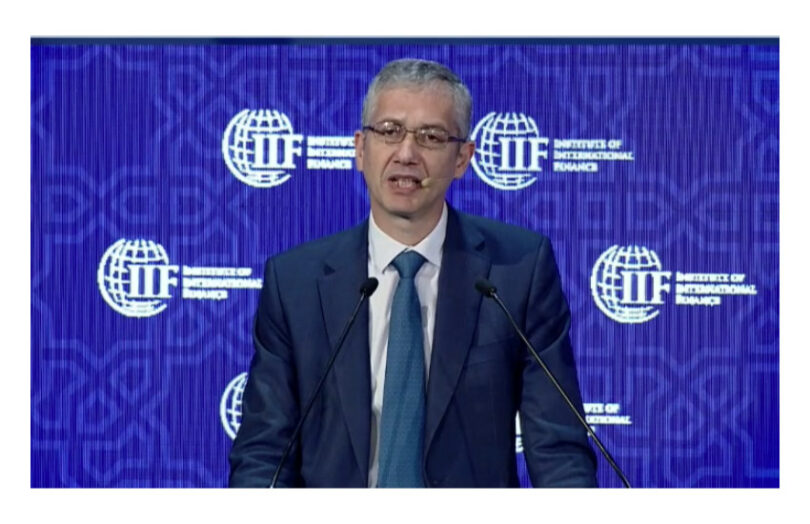At the end of last year, the Basel Committee for Banking Supervision published the final rules for crypto-assets, defining the balance sheet and other requirements for holding crypto. Two groups of assets get very light treatment: qualifying stablecoins and tokenized traditional assets. Today, the Chair of the Basel Committee, Pablo Hernández de Cos, announced an update is coming this year for both these groups.
He said “additional safeguards” are coming for permissionless blockchains, talking at the annual meeting of the Institute of International Finance.
Banks and other institutions are engaging in tokenization – including money market funds, bonds, and tokenized deposits. Some of those activities are on permissioned blockchains, others on public permissionless ones.
Apart from theft risks, regulators such as ESMA observed they have zero influence over the operation of a permissionless blockchain.
When the final Basel crypto rules were announced last year, the paper said the Committee would continue to ‘reflect’ on permissionless blockchains. It said it might adjust classification conditions. That seems to be happening.
Basel crypto rules and stablecoins
The final Basel rules dropped some stablecoin requirements from an earlier draft. For example, one test tried to ensure that a stablecoin didn’t deviate much from its peg. Based on historical price data, no stablecoin would pass the test. That was even before the collapse of Silicon Valley Bank and the resultant (temporary) USDC de-peg. Hence, that particular test was dropped. But it looks like a variation might be coming back.
According to Mr. Hernández de Cos, the stablecoin changes coming this year include “appropriate composition of reserve assets and effectiveness of the statistical tests.”
Meanwhile, last week the Basel Committee said it is working on accounting disclosure requirements for crypto-assets in addition to the prudential rules related to capital. And this week, one regulator suggested using the Basel rules to dissuade banks from dealing with intermediaries in certain jurisdictions with lax crypto regulations.
Text of crypto-asset speech
Talking about the Basel Committee’s work on crypto-assets, Pablo Hernández de Cos, Governor of the Bank of Spain, said:
“This is mainly two strands of work. On the one hand, the Committee will continue to monitor very closely and assess bank related developments in crypto asset markets including the role of banks as potential stablecoin issuers, (and) as custodians of crypto assets. And it will also look at the broader potential channels of interconnections with the crypto-asset ecosystem.”
“Second, we are also monitoring the implementation of the new treatment of bank crypto asset exposures. And as part of this monitoring, as was mentioned in the beginning when we published the standard, we are reviewing by the end of this year the treatment of permissionless blockchains with additional safeguards and the criteria to identify stablecoins eligible for the prudential treatment, so-called group 1B, including the appropriate composition of reserve assets and effectiveness of the statistical tests.”






